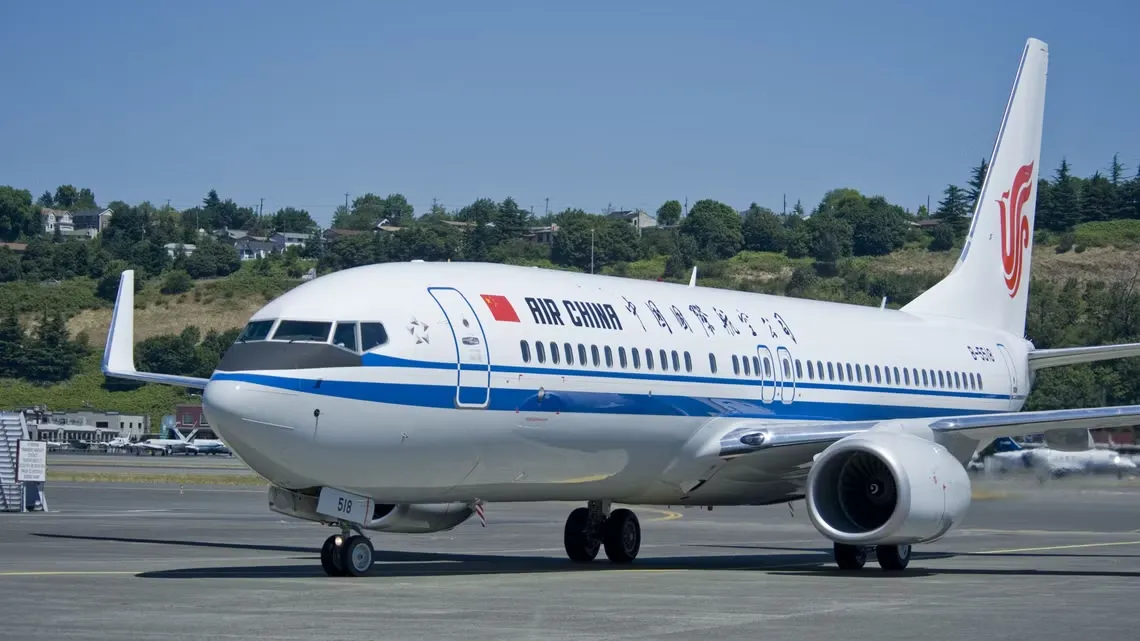Hawaiian Airlines debuts daily nonstop flights between Honolulu and Salt Lake City. With this route, the airline is enhancing travel options with modern Airbus A321neo aircraft.
Headquartered in Honolulu, Hawaii, Hawaiian Airlines holds a prominent position as a commercial U.S. airline. With this new route, the airline further strengthens its network and provides enhanced connectivity for travellers between two key destinations. The introduction of nonstop flights between Honolulu and Salt Lake City opens up a range of possibilities for both leisure and business travellers. Passengers can now enjoy a seamless travel experience without the need for layovers or connecting flights, saving time and enhancing convenience.
The decision to launch nonstop service between Honolulu and Salt Lake City is part of Hawaiian Airlines’ strategic expansion plan. By adding this route to its portfolio, the airline aims to cater to growing passenger demand, strengthen its presence in key markets, and provide travellers with more choices and convenience.
Passengers travelling between Honolulu and Salt Lake City can look forward to a range of benefits offered by Hawaiian Airlines. These include:
- Convenience: Nonstop flights eliminate the need for layovers, providing a hassle-free travel experience.
- Comfort: The Airbus A321neo offers modern amenities and a comfortable cabin environment for passengers.
- Efficiency: With daily flights, travellers have flexibility in choosing their departure and arrival times.
- Enhanced Connectivity: The new route improves connectivity between Hawaii and Utah, facilitating tourism, business, and family travel.
Travellers will now be able to explore more destinations with the airline. In addition to this, the airline also introduced some exciting new routes this year. If you’re looking to connect to Hawaii, Hawaiian Airlines is here to provide easy connectivity. With the Hawaiian Airlines daily flights, exploring destinations is easier than ever!








